by Morgan G. Ames
MIT Press, November 2019
Winner, 2020 Best Information Science Book Award
Winner, 2020 Sally Hacker Prize
Winner, 2021 Computer History Museum Prize
Buy it here:








The Charisma Machine chronicles the life and legacy of the One Laptop per Child project and explains why—despite its failures—the same utopian visions that inspired OLPC still motivate other projects trying to use technology to “disrupt” education and development.
Announced in 2005 by MIT Media Lab cofounder Nicholas Negroponte, One Laptop per Child promised to transform the lives of children across the Global South with a small, sturdy, and cheap laptop computer, powered by a hand crank. In reality, the project fell short in many ways, starting with the hand crank, which never materialized. Yet the project remained charismatic to many who were enchanted by its claims of access to educational opportunities previously out of reach. Behind its promises, OLPC, like many technology projects that make similarly grand claims, had a fundamentally flawed vision of who the computer was made for and what role technology should play in learning.
Drawing on a seven-month study of a model OLPC project in Paraguay, this book reveals that the laptops were not only frustrating to use, easy to break, and hard to repair, they were designed for “technically precocious boys”—idealized younger versions of the developers themselves—rather than the diverse range of children who might actually use them. Reaching fifty years into the past and across the globe, The Charisma Machine offers a cautionary tale about the allure of technology hype and the problems that result when utopian dreams drive technology development.
Endorsements for The Charisma Machine
These endorsements were solicited by MIT Press and are also listed on
my MIT Press book page.
The Charisma Machine should be required reading for all ed tech enthusiasts before jumping onto the next bandwagon. Morgan Ames’ insightful and immensely readable analysis of the "One Laptop Per Child” initiative reveals how bold-faced ignorance results in reifying privilege and power rather than addressing the needs of learners and teachers.
—Yasmin Kafai, Lori and Michael Milken President’s Distinguished Professor, University of Pennsylvania
Morgan Ames, in a beautifully written account, excavates how and why technologists, educators, and pundits cast the One Laptop Per Child project as a societal savior. Incisive and extensively researched,
The Charisma Machine’s searing critique of the OPLC is filled with insights about the pitfalls of naive design endeavors all too common in the contemporary era.
—Gabriella Coleman, The Wolfe Chair in Scientific and Technological Literacy at McGill University; author of Hacker, Hoaxer, Whistleblower, Spy: The Many Faces of Anonymous
The Charisma Machine delivers an unflinching, rich, and original study of the One Laptop Per Child program. This clear-eyed critique shows the allure of technology as a silver bullet to social inequality and what happens when elites, policymakers, and unchecked techno-utopianism run amok. This book is destined to become required reading for those who want to understand why we must stop turning to tech—and technologists—as saviors.
—Mary L. Gray, Principal Researcher, Microsoft Research; Affiliate Faculty, Berkman Klein Center for Internet and Society at Harvard University; co-author of Ghost Work: How to Stop Silicon Valley from Building a New Global Underclass
OLPC is one of the great stories of technology and social change, breathtaking in ambition, with noble but unexamined intentions, and profound failures of execution. With an admirable mix of first-hand perspective and scholarly distance, Morgan Ames provides a helpful set of tools for understanding enthusiasm for a wave of new technologies. The idea of a "charismatic technology" is one that will influence technology scholars to come.
A deeply impressive book. Compelling, important, and potentially impactful, this was a pleasure to read.
—Ethan Zuckerman, Director, Center for Civic Media at MIT
Press Coverage of The Charisma Machine
2021. Jeremy Rochelle. Computers for Learning: Charisma that Fails to Disrupt? Blog@CACM, January 5.
2020. Mark Guzdial. Developing Computational Solutions With Humility: Recommending Morgan Ames' 'The Charisma Machine.' Blog@CACM, February 23.
2020. W. Patrick McCray. Selling a Charismatic Technology. LA Review of Books, January 23.
2020. Amy J. Ko. An autobiographical synopsis of Morgan Ames’ “The Charisma Machine”. Bits and Behavior (a Medium blog), January 3.
2019. Joe Agoada. The Power & Paradox of a Planet Saving Laptop feat. Professor Morgan Ames. Let's Break Good podcast, November 20. Available on Spotify, Apple, and SoundCloud.
2019. Hope Reese. “The One Laptop Per Child Program Was Supposed to Revolutionize the Developing World—Then It Imploded.” Medium OneZero, November 20.
2019. Jeffrey R. Young. “What Happened to the '$100 Laptop’?” EdSurge Podcast, November 5.
2019. Morgan G. Ames. “The Smartest People in the Room? What Silicon Valley’s Supposed Obsession with Tech-Free Private Schools Really Tells Us.” Los Angeles Review of Books, October 18.
2019. Staff. “Morgan Ames’ The Charisma Machine: A Deep Dive into One Laptop per Child.” School of Information News, October 15.
2019. Henry Jenkins. “Interview with Morgan G. Ames on The Charisma Machine: The Life, Death, and Legacy of One Laptop Per Child.” October 7. Available in three parts: Part I, Part II, and Part III.
Chapter Descriptions
0. Introduction
One Laptop per Child provides a case study in the complicated consequences of technological utopianism. This chapter begins to untangle what made this project and its laptop so captivating and even the most outrageous claims about it so compelling. The reasons this is important go beyond mere historical interest: the same utopian impulses that inspired OLPC had also inspired previous starry-eyed projects in education and development—and they have continued to inspire subsequent projects. This is thus more than just an account of One Laptop per Child. It is a cautionary tale about technology hype that explains how technologies become charismatic and what the consequences of that charisma can be. This chapter introduces the One Laptop per Child project, describes what it means to call this project charismatic, and outlines the salient features of a charismatic technology.
1. OLPC's Charismatic Roots: Constructionism, MIT's Hacker Culture, and the Technically Precocious Boy
Why did so many so enthusiastically accept One Laptop per Child's charismatic promises? When people imbue technologies with charisma, it is because they expect these technologies not only to be able to solve what they see as problems in the world, but to do it in a way that agrees with and amplifies their deeply held core beliefs about how the world works. So, in order to understand why OLPC's laptop was charismatic, this chapter describes the cultural history of OLPC, which originated in MIT's early “hacker” groups in the 1960s through its core learning theory, constructionism. This chapter then discusses the social imaginary of the “technically precocious boy” as a motivator for these groups, the learning theory, and the technology world more broadly. This imaginary draws on related imaginaries of the innate technical creativity and rebellious nature of children (especially boys) and the stultifying effects of “school as factory” as a target for this rebellion. Its resonance explains why successive constructionist projects—from Logo to Lego Mindstorms to Scratch to One Laptop per Child—have all been charismatic to many in the technology world and beyond.
2. Making the Charisma Machine: Nostalgic Design and OLPC's 'XO' Laptop
While Nicholas Negroponte traveled the world in 2006 giving talks about the hundred-dollar laptop project, the newly formed nonprofit One Laptop per Child got to work designing the machine. This group was motivated by beliefs about the innate creativity and rebellious nature of the archetypal technically precocious boy and its counterpoint, the stifling school as factory. OLPC's promise of social transformation based on these beliefs gave its members a strong sense of purpose—and inspired the design of the laptop itself, with particular ideas of technical play, authority-subverting connectivity, and freedom to tinker at its core. In the process, OLPC's contributors leaned on rose-tinted memories of their own first encounters with computers in childhood, a process I call “nostalgic design.” While nostalgic design is common in the technology world, this chapter highlights how flawed it was for OLPC in the assumptions it made about children, technology, and cultural change.
3. Translating Charisma in Paraguay
In 2008, Paraguay Educa was established to bring OLPC's distinctive laptops to Paraguay, with the expectation that if the NGO was able to simply line up the right resources, the laptop would be able to speak for itself, as OLPC promised. This chapter highlights the extensive work that was needed to achieve even partial translation in Paraguay. “Translation” refers to a process that requires knowledge of two worlds and work to bridge them (what is needed, for instance, to translate from one language to another) as well as a framework for discussing the contexts of the various actors involved. Leaning on this understanding of translation, this chapter explores where and why the work of translation succeeded—and where and why it failed. In the process, it shows that OLPC's charismatic promises of computer-aided learning and child-driven cultural change were brittle—easy to break and labor-intensive to repair and maintain—when put into practice.
4. Little Toys, Media Machines, and the Limits of Charisma
This chapter examines the kind of laptop use that OLPC leadership claimed would make the biggest difference in student learning: use initiated by children themselves, outside of the classroom. The laptop's subversive qualities were meant to be charismatic to children in particular, who would soon leapfrog past adults in ability. So what did child-directed laptop use in Paraguay look like? About two-thirds of students hardly used their laptops at all. Fifteen percent did not use their laptops because they were unusably broken, but the rest—about half of all students—were just not very interested or found using the laptop too frustrating to use. The remaining one-third were using their laptops for media consumption, for which its hardware was ill suited. Captivated primarily by the internet, not by the unique features of the XO, these students learned and then taught one another to overcome the limitations of the machine to play video games, music, videos, and more, passing files to one another. The limits and transformations of charisma that this chapter illustrates highlight the agency of Paraguayan children in laptop use—and how media corporations shaped this agency.
5. The Learning Machine and Charisma's Cruel Optimism
Juxtaposed against OLPC leaders' claim that the laptop could be a universal learning tool were also statements that suggested that the project could still succeed even if it did not reach all children, as long as it reached enough. Even if only a small number of children were inspired, they might transform not only their own lives but their regions or even whole countries. This chapter explores the lives of several Paraguayan children and teenagers who would generally be considered OLPC success stories—those few exemplary youth for whom the charisma of the laptop did seem to resonate—and what became of their inspiration.
In OLPC's eyes, these youth's motivations were a matter of them finding something irresistible about engaging deeply and meaningfully with the laptop, which in turn came from the natural creativity and technical inclinations that all children are born with. But this chapter uncovers a much more complicated story. Even when the project's charismatic promises appeared to be fulfilled, its individualist focus failed to shift the larger structural inequalities—gender, language, social class, and more—that marginalized these youth.
6. Performing Development
This chapter describes a visit by one of the founding members of OLPC in 2010, and the way that Paraguay Educa and local schools mobilized to “perform success” for him. It shows both how such performances are important, and why they are risky. On the one hand, they are acts of devotion, commitments to a collective ideological framework that makes social change seem easy, at least for a short time. Yet participants risk getting caught in these visions, fixated on a future that may well be unattainable in lieu of a present that might be messy and difficult but is real and here. Likewise, projects in development or education that lean on such performances risk compromising their long-term sustainability with them, performing the discourse of disruption in the past tense: we have disrupted, the disruption is accomplished, and we can all go home.
7. Conclusion
It has been well over a decade since the One Laptop per Child project was publicly announced in 2005 and more than half a century since Seymour Papert, the intellectual father of the project, began to pursue the dream of children learning with, and from, computers. Though OLPC has faded from public consciousness in that time, its legacy continues. This concluding chapter describes—and historicizes—this legacy, and summarizes the ideological stakes of charismatic technologies more generally.
Those who create, study, or work with technology ignore the origins of charisma at their own peril—at the risk of always being blinded by the newest charismatic story of technology-enabled cultural change. Moreover, the pressure that educational or social reformers are under to produce charismatic projects that can attract attention and funding also leaves them in a situation stacked toward failure, rewarding showy but myopic projects. This work suggests another course by documenting the tremendous amount of work—social, infrastructural, and ideological—needed to produce even incremental social change.
Appendix A. An Assessment of Paraguay Educa's OLPC Project
Appendix B. Methods for Studying the Charisma Machine
Errata
Despite my very best due diligence and the careful attention of a fact-checker hired by MIT Press, a few errors slipped through! Please let me know if you find any others so they can be fixed in a future edition, should there be one. Errata are listed below.
p. 74: "Castiglioni's candidacy did not last through the presidential primary (he later became Lugo's vice president)" - the parenthetical statement should be removed. (He had previously been vice president.)
p. 74: "Cecilia had visited the MIT Media Lab during her time in Massachusetts, where she learned about the One Laptop per Child project and was similarly captivated by its promises." This sentence should be removed. (Though I heard this story from one project team member, another has since stated that the timeline for Cecilia learning about the project was different, and this contested detail is not important to the story.)
p. 77: "Paraguay's vice president" should read "former vice president Castiglioni" (see above).
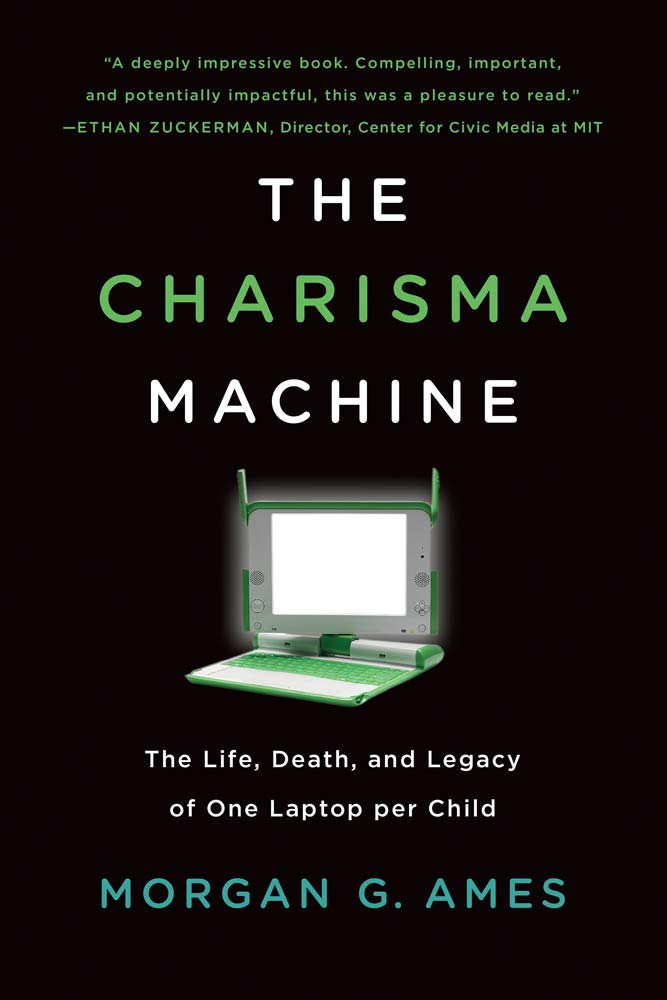
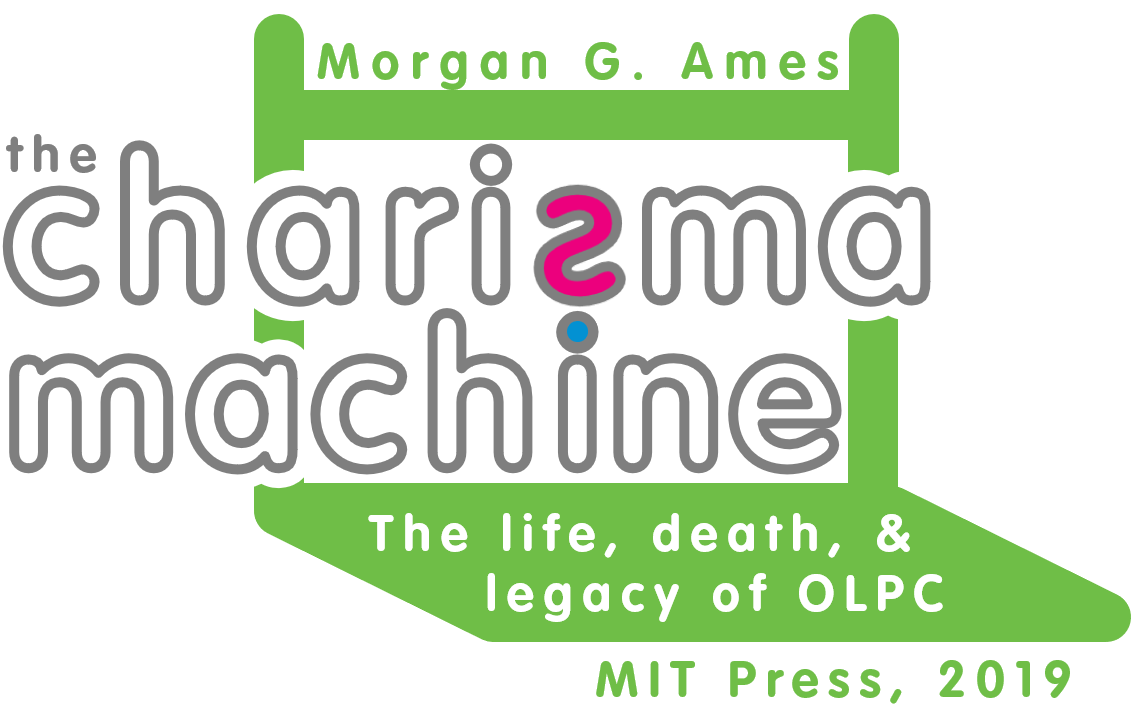
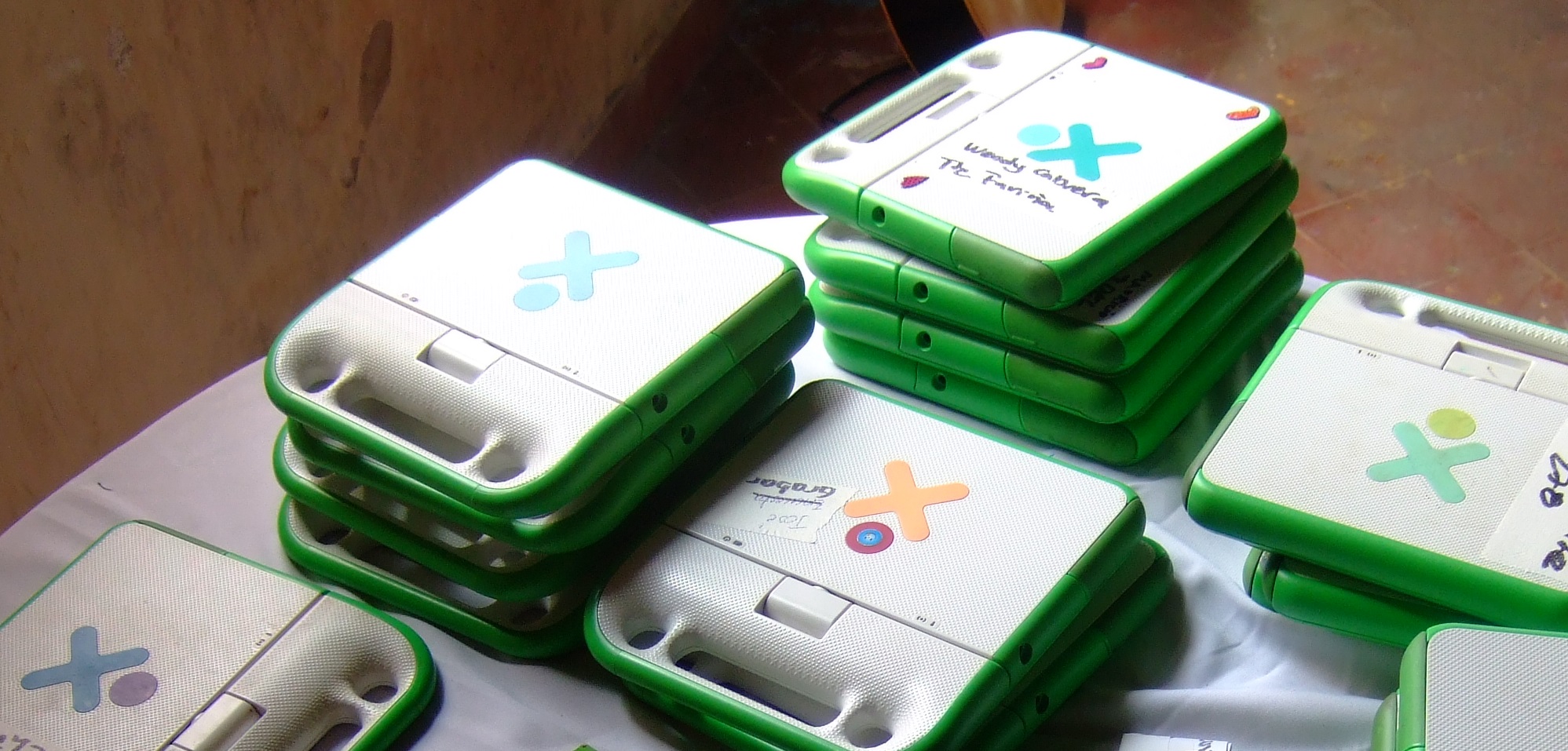
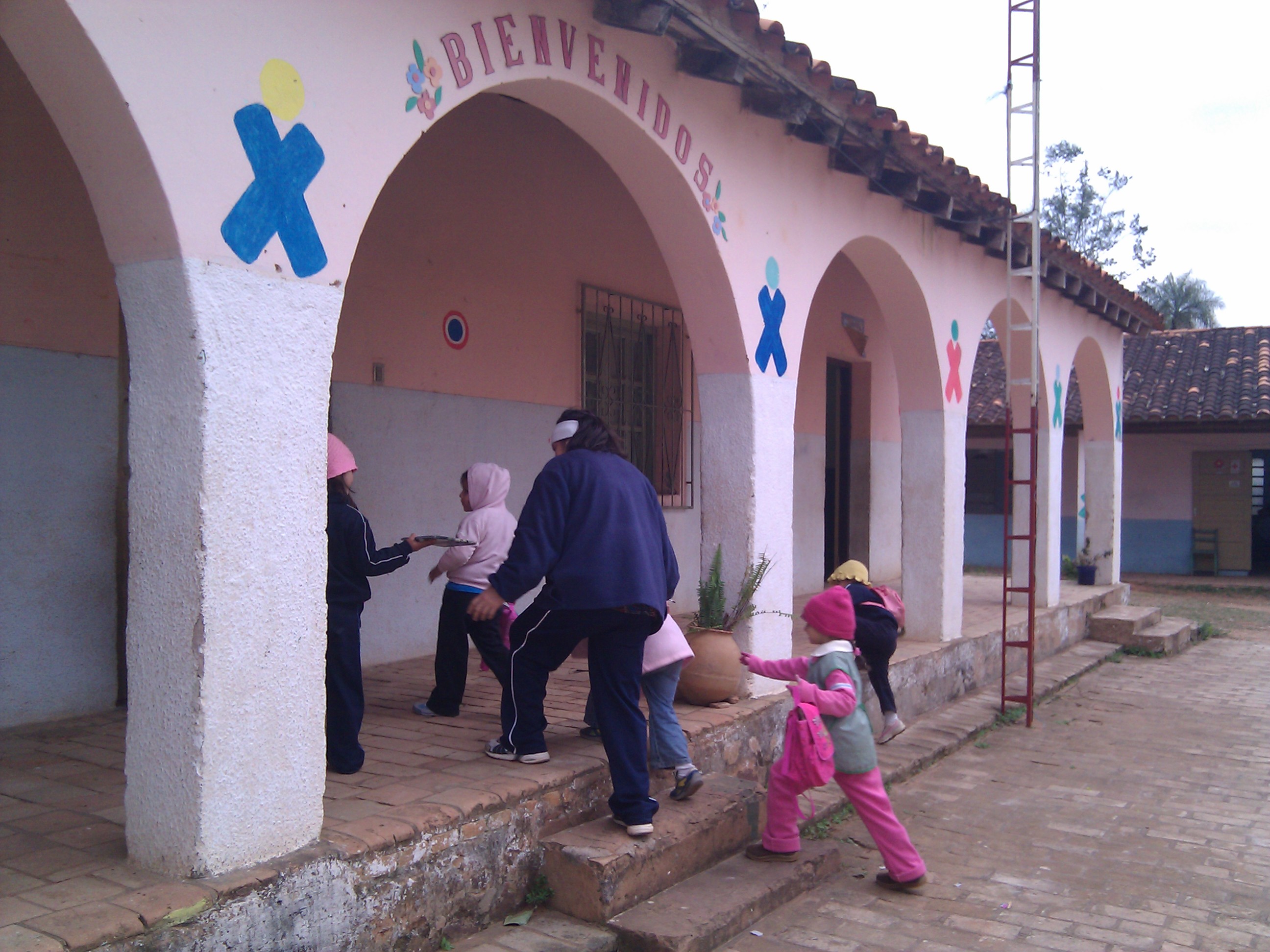

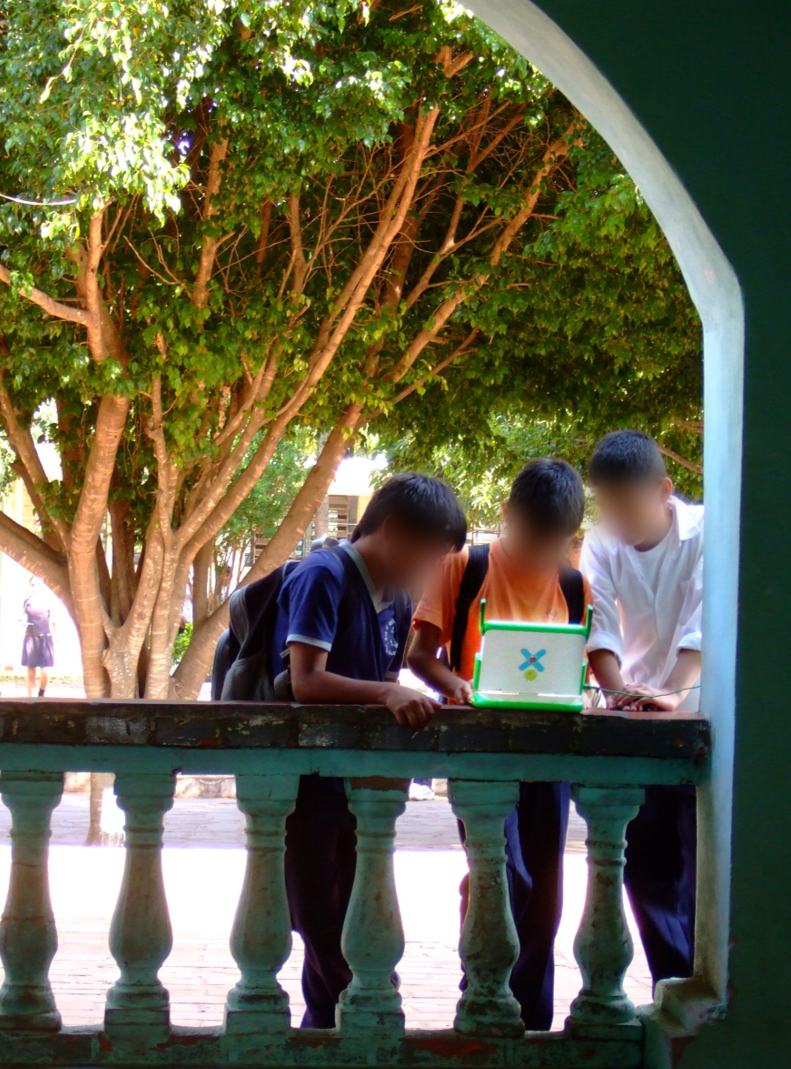
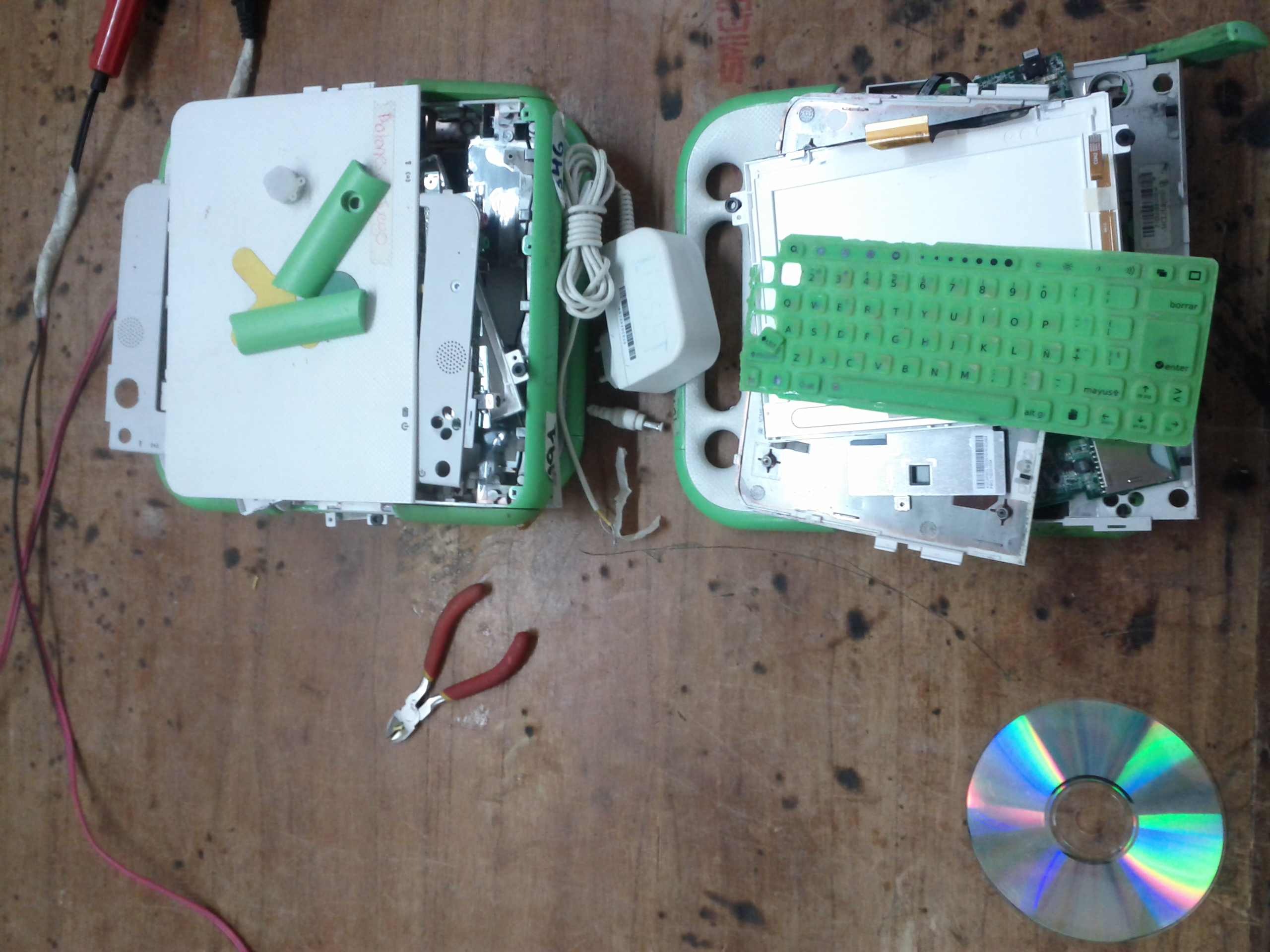

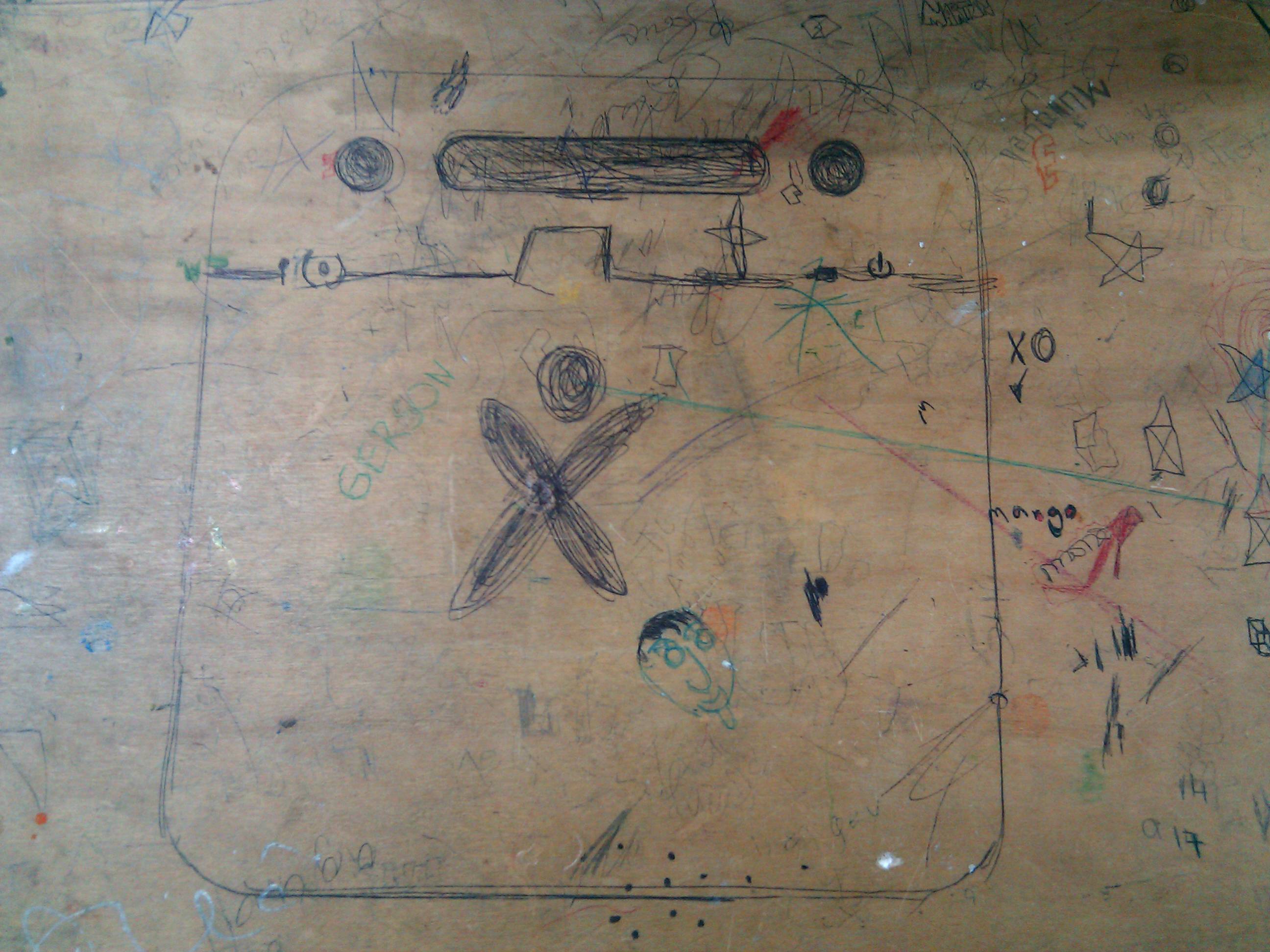
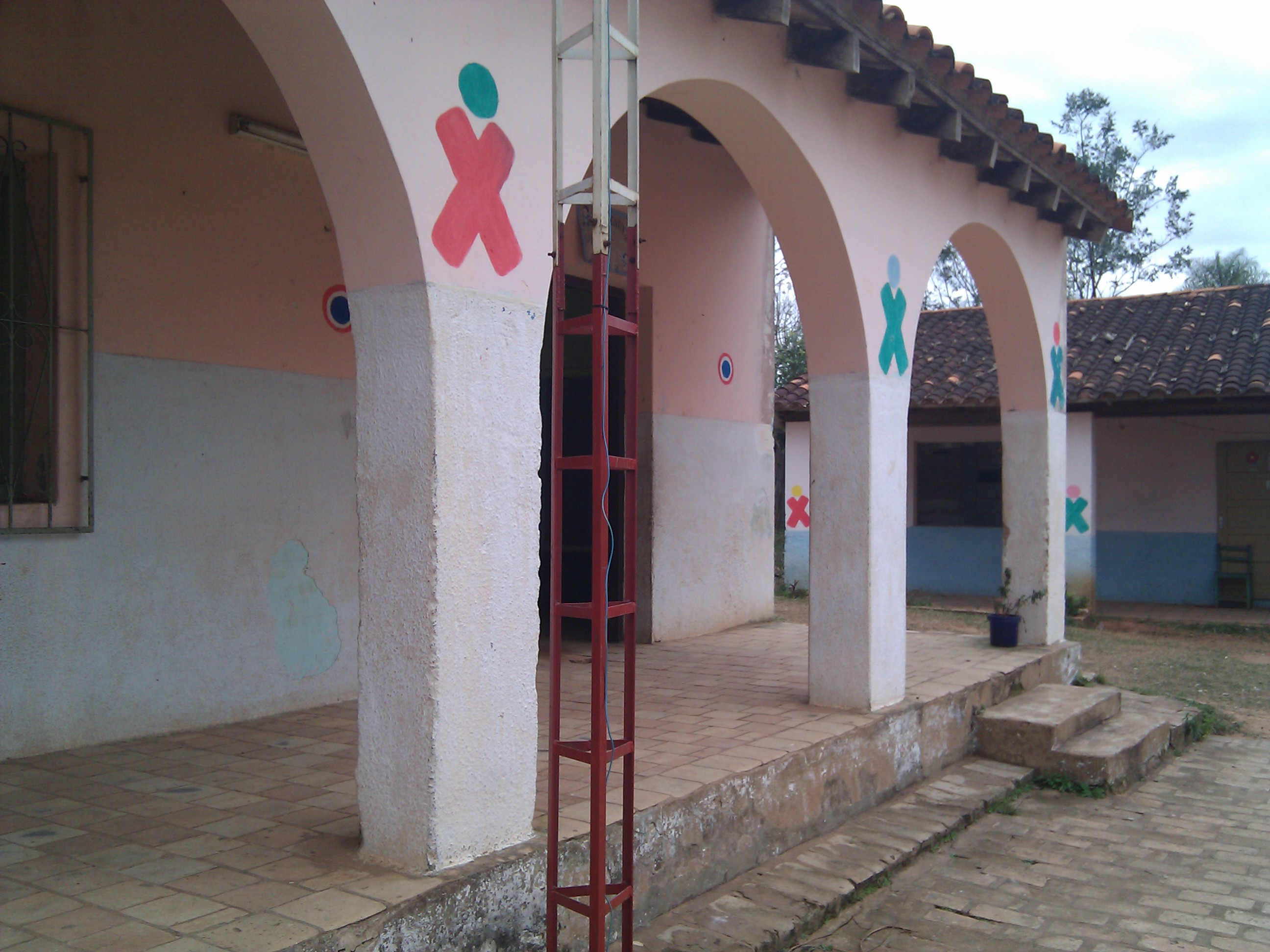









 morganya
morganya org
org